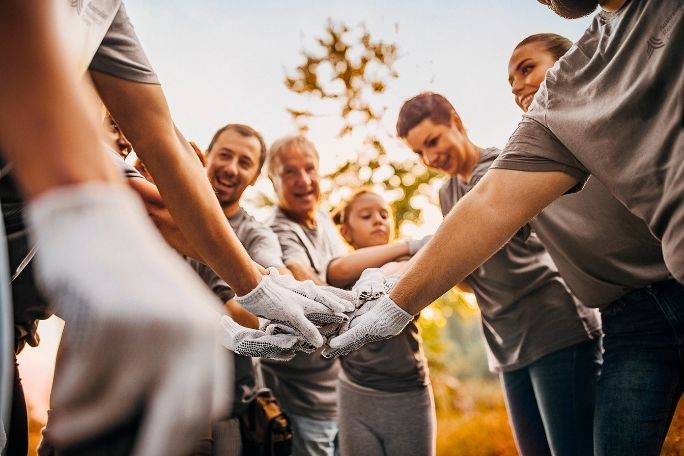Lesson summary
Students investigate the resilience of their community and apply a resilient framework model to improve the community they live in so that they can be better prepared to prevent, plan, and respond to a natural hazard.
Learning intentions:
Students will...
- identify the features of highly resilient communities.
Success criteria:
Students can...
- make connections between their own community and the resilience framework
- identify which aspects of their community are resilient and where they need additional support.
Lesson guides and printables
Lesson details
Curriculum mapping
Australian Curriculum content descriptions:
Year 7 Geography:
- Causes, impacts and responses to an atmospheric or hydrological hazard (ACHGK042).
Year 8 Geography:
- Causes, impacts and responses to a geomorphological hazard (ACHGK053).
Syllabus outcomes: GE4-2, GE4-3, GE4-4, GE4-5.
General capabilities: Literacy, Critical and Creative Thinking, Personal and Social Capability.
Cross-curriculum priority: Sustainability.
Relevant parts of Year 7 Geography achievement standards:
Students describe geographical processes that influence the characteristics of places and how the characteristics of places are perceived and valued differently. They explain interconnections between people and places and environments and describe how these interconnections change places and environments.
Relevant parts of Year 8 Geography achievement standards:
By the end of Year 8, students explain geographical processes that influence the characteristics of places and explain how places are perceived and valued differently. They explain interconnections within environments and between people and places and explain how they change places and environments. They compare alternative strategies to a geographical challenge, taking into account environmental, economic and social factors.
Level of teacher scaffolding: Medium – facilitate small group work and class discussion.
Resources required
- A device capable of creating audiovisual recordings, such as an iPad or camera
- A device capable of presenting a video to the class
- Student Worksheets – one copy per student
Skills
This lesson is designed to build students’ competencies in the following skills:
- Communication
- Community engagement
- Critical thinking
- Global citizenship
- Problem solving
- Collaboration
Additional info
We encourage you to undertake the free PD Course How to teach a unit on fire and flood resilience for tips on how to best deliver this lesson.
If you’re concerned about the challenging nature of these topics, consider the free PD Course How to approach trauma in the classroom for information on how best to support your students.
This lesson was made in partnership with
Minderoo Foundation (www.minderoo.org).


Welcome back!
Don't have an account yet?
Log in with:
By signing up to Cool.org you consent and agree to Cool's privacy policy to
store, manage and process your personal information. To read more, please see
our privacy policy here(Opens in new tab).
Create your free Cool.org account.
Many of our resources are free, with an option to upgrade to Cool+ for premium content.
Already have an account?
Sign up with:
By signing up to Cool.org you consent and agree to Cool's privacy policy to
store, manage and process your personal information. To read more, please see
our privacy policy here(Opens in new tab).